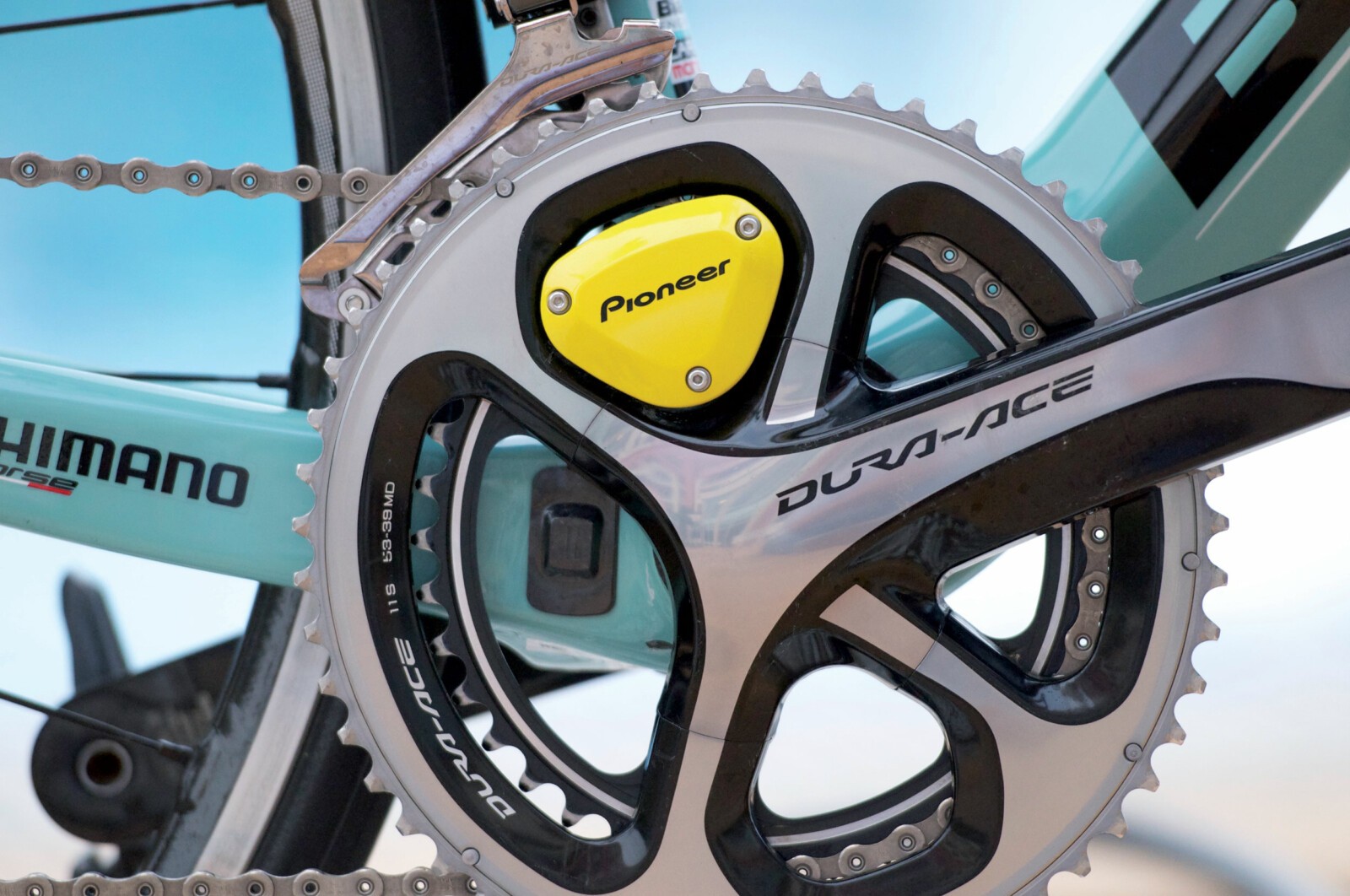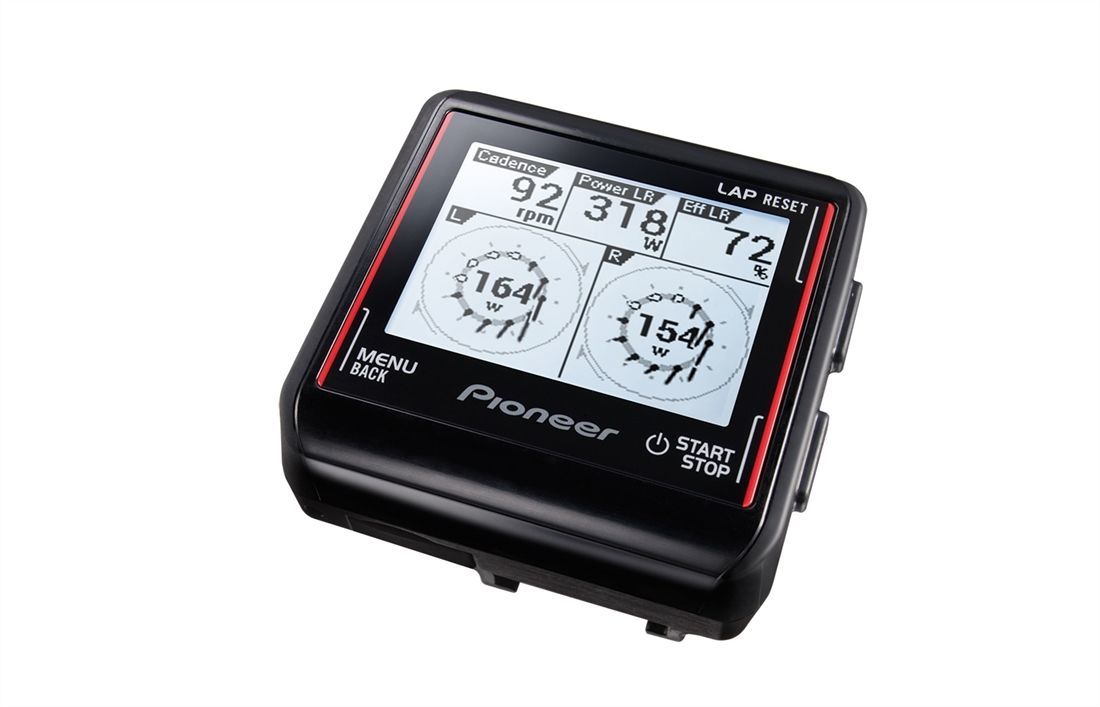As a coach for FTP Training I am often asked ‘should I buy a power meter’? The answer, as with most training related questions is never clear cut, so I say ‘it depends’.

It depends on your answers to these four questions:
- Are you willing to invest time and effort in understanding the data?
- Do you have a coach who is experienced in training with power?
- Are you wanting to be the best you can be on the bike?
- Do you want to train smarter?
If the answer is yes to all of the above, then my answer to you is an unequivocal yes, a power meter will be a worthwhile investment.
However if the answer is no to either of the first two questions, then the power meter becomes just another data collection device. Maybe you can boast about your FTP or critical power at five minutes to your mates, but that won’t help you train smarter and get the best improvement in your cycling fitness.
There are a few disadvantages to training with just heart rate:
It can be affected by many external factors: Heat, caffeine intake, stress, lack of sleep, or hydration levels.
There is always a lag between effort put through the pedals and heart rate. This becomes problematic when trying to perfectly execute shorter intervals of 30 secs – three minutes.
Tracking progression is tricky using heart rate. Yes you may be able to combine heart rate with time over a set course, to measure your progression over time, but there will always be external factors such as weather, which will influence the outcome.
Some of the advantages of using a power meter:
- Immediate real time feedback of effort.
- Excellent means of pacing during racing.
- Not affected by any of the external factors listed above.
- Not affected by wind, hills or road surface.
- Most people when they train go too hard in the easy sessions and too easy in the hard sessions. Training with power will help focus each session and help you train smarter.
- The best means of quantifiably measuring progression on the bike. Eg you can compare your average power over specific time intervals (eg five second sprints, five min VO2 efforts, 20 minute threshold efforts) throughout the year.
Using the data collected in point 6 above, you can also benchmark yourself to see what areas you are strongest and weakest in.
This example below perfectly illustrates a couple of pitfalls of training with heart rate only. In this experiment, one unsuspecting rider was asked to undertake two one minute efforts, on a bike equipped with a power meter.
Both efforts were targeted at hitting the lower end of the anaerobic zone, which for him was 165-175 bpm or 290-320 watts.
For the first effort he had to ride the effort according to hitting a heart rate target, and had no visibility of the power he was generating. On the second effort we revealed the power field on the Garmin and asked him to ride to a wattage target. Comparing the two intervals clearly shows that by trying to hit a prescribed heart rate, he goes out too hard and blows up half way through the interval.

Using power as a target, he was able to hit and stay in the target zone, and therefore complete the effort, and be able to complete subsequent efforts, therefore training more effectively during this session.
Should I then throw away my heart rate monitor? Definitely not. The double whammy of having power and heart rate gives even greater insights. The ratio of power to heart rate can be used to measure fitness gains, by looking at how heart rate responds to a sustained power output over months of training. This ratio of power to heart rate can also be used to glean insights as to early signs of illness or possibly overtraining. I also like to still use heart rate as a guide for recovery sessions.
So you have decided to go ahead and buy a power meter, but what next?
Firstly you need to test yourself to get your FTP (functional threshold power). But why do you need to do this? We do this for two reasons:
We use the resultant number from this test to give wattage ranges for each of the training zones.
The result from the FTP test can be used to benchmark your improvements over time.
I will give one small caveat to that though. If you have never done an FTP test before, or not raced much, the first test is always a bit of a learning experience in understanding how far you can push yourself.

For riders newer to the sport and/or new to testing I would recommend to program another FTP test a couple of weeks or a month after the first one. Inevitably the numbers from the second test are quite a bit higher than the first test and give a more accurate estimate of the athletes true threshold power.
There are a couple of gold standard FTP test protocols. The one I tend to use is the 20 minute test, whereby you ride as hard as you can for a sustained effort of 20 minutes. To make your life easier don’t forget to press the lap button and the beginning and end of the 20minutes! The average watts you get from this 20 minute effort x 0.95 is then your estimated FTP (whereby the definition of FTP is the sustained power you can average for a 1hour effort).
If you can’t face the thought of doing a 20 minute effort, or if you are doing it outside and the terrain doesn’t lend itself to an effort that long, the two 10 minute efforts can also be used as a proxy. If you decide the two 10 minutes is your thing, then you need to recover for five minutes before hitting the second effort.

Get the 10 minute average power values for each of the intervals, add them together and divide by two to get an average over both efforts. Your estimated FTP is this number x 0.90.
Bear in mind that for both tests, there is some level of inaccuracy, and the shorter the test, the harder it is to accurately estimate your FTP, as there is a greater anaerobic contribution to your effort and hence your FTP may be slightly over estimated in this case.
So, you have done the test, now what?
Well now you have a threshold power from which all your training zones can be calculated, see below:
The final piece is to set up your bike computer so that the display has data fields which are useful to your new way of training.
Here is how I have my Garmin set up (other computers can work just fine too!). The first screen displays general data for the ride, the next two screens I use when completing intervals, note that the size of the fields is bigger, this is because at close to maximal efforts its sometimes hard to view the fields if they are too small! Then the last screen again displays more general data.
The astute amongst you will notice that I have Pwr. 3s displayed. This is the current three second average power. I use this as a proxy for the actual current power. There is a field available called ‘power’ which measures the actual current power output, however this number goes up and down like a fiddlers elbow in the space of a couple of seconds, and I can guarantee if you use this data field you will more than likely go mad!
The take home from all of this is that the power meter is here to stay, they are becoming more affordable all the time, but to make the most of your new investment you will definitely need to invest some of your time and be willing to learn. An experienced coach will not only help you train with power, but also educate and facilitate quicker learning.


